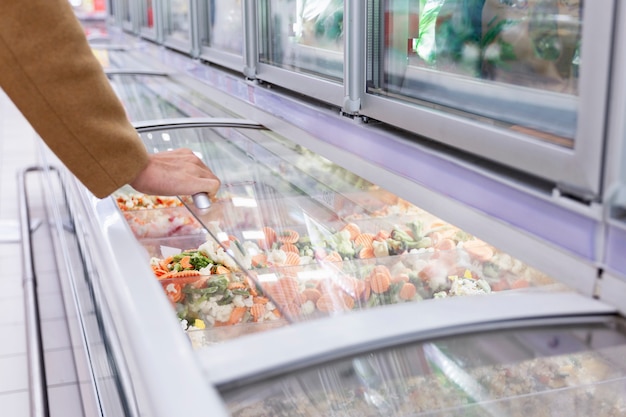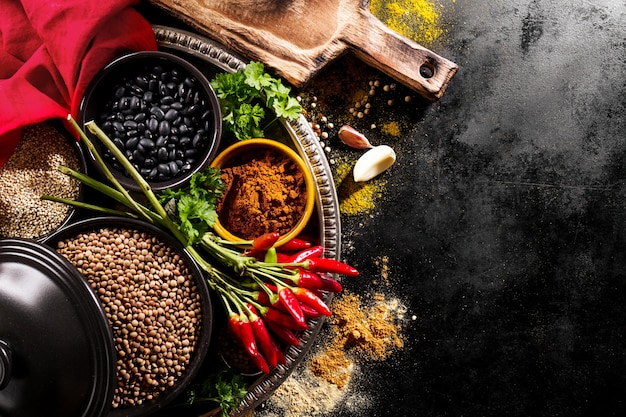May 01, 2021
Why A Sprinkle of Salt is Enough

Just how important Is salt? Well, besides that salt (sodium chloride) is a great flavor enhancer, I mean who wants an unseasoned French fry? Anyone? or add a layer of flavor to baked-goods like cakes and cookies. But on the basic level, salt is essential for humans to survive. It has a crucial role; for maintaining fluid levels, cell - communication, maintaining blood pressure and perform various physical movements. The problem with salt and its benefits it can provide, is that the human body cannot produce salt. It has to be consumed from somewhere. No wonder, salty foods can be so addicting, because it’s the only way the human body can have it. Making sure it has enough supply.
If salt makes everything taste better, whether it's Himalayan salt, sea salt or just plain table salt. Then why is bad when you have too much of it?
Americans are consuming way more sodium than the recommended daily amount. On average, 3,400 mg. Which according to the US Food & Drug Administration, is way above the recommended daily dietary intake which is around 2,300 mg per day. Equal to one teaspoon of salt.
Excessive consumption of salt or in this case, sodium can lead to a host of chronic illnesses, which can progress later in life. Like high blood pressure, stroke hypertension and even heart attack. Much of which are lurking in processed foods like chips, cookies, canned soups, just to name a few. That’s why there are some ways on how to take control of your sodium intake.

1. Learn to read the Label – If you can’t resist that bag of chips or a pack of chocolate chip cookies. One of the ways you can help take control of your sodium intake is to read the label. You know, the information that is at the back of every processed food. In short, nutrition facts. Here is the complete info on how to read those confusing labels at the back according to the FDA.

2. Choose minimally processed foods and opt for fruits and vegetables – if you can’t buy fresh produce, choose the frozen one’s instead. But make sure to read the labels at the back. But also, be aware that some fruits and vegetables also contain sodium. Like beets, celery, and carrots.

3. Prepare your own food – Other ways you can cut or reduce your own sodium intake is to prepare your own food, instead of eating out most of the time. Preparing / cooking your own food can be a great way to monitor the amount of seasoning and sodium you put into it. Making it easy to adjust it to your liking.

4. Use Less Salt or Do the rinse method – Do the rinse method, for canned vegetables. Especially if they are soaked in a brine solution. Washing them in running water can help remove some of the sodium that would otherwise be completely present if you did not rinse at all.

5. Work with other flavor enhancers like herbs and spices – Instead of relying on good ‘ol sodium to add flavor to your dish, how about considering other flavor-enhancing herbs and spices. Like mint, rosemary, chives, paprika and parsley. Here are some of the spices that can be a great addition or in fact, salt substitute. Here.
There are so many ways on how to cut back on your sodium intake. But also, too little salt can be not good too. So, it’s better to at least consult your board-certified medical doctor or healthcare professional. To guide you on your diet.
